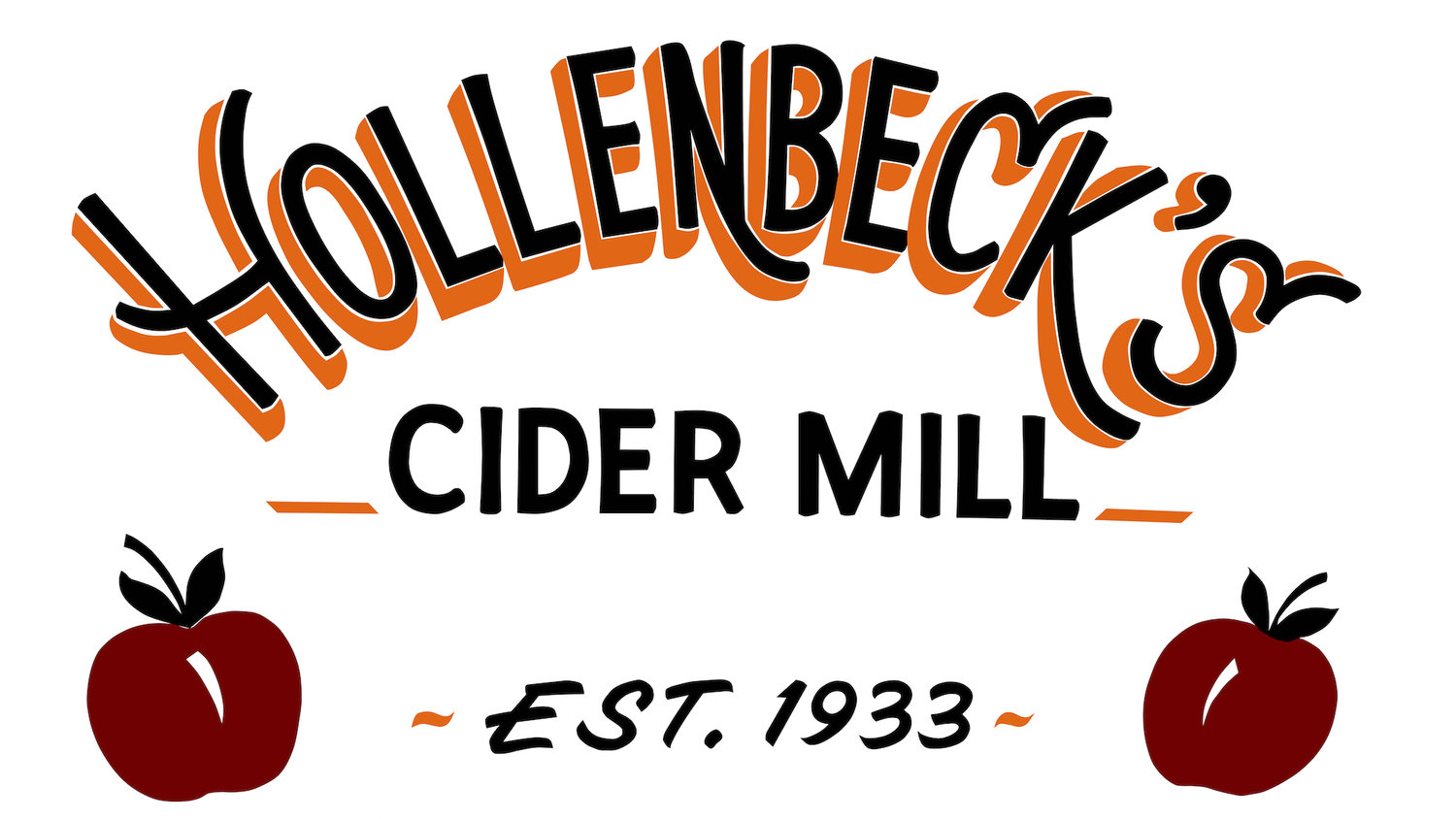As many of you know (and a surprising amount don’t) none of the apples sold or processed here, grew here. For generations we’ve relied on others to supply the apples.
At the start, that was the whole business model, you brought your apples here for us to press into cider that you then took with you. When people stopped having a few trees in their dooryard, but they still wanted cider, we bought apples from commercial growers around New York State. Some of whom we’ve had a continuous relationship with over multiple generations of both our families. We still enjoy and plan on utilizing those amazing growers for generations into the future, but as the saying goes, the best time to plant a tree was 10 years ago, the second best time is now.
We don’t have enough land to ever produce enough apples to completely supply our demand. Given the price of subdivided housing lots and the price that large dairies will pay for ag land in Virgil, we won’t be able to get enough land to grow enough apples to supply our demand.
If that’s the case, why would we plant an orchard?
There are a few reasons.
First, there is a long history of apple production in Virgil. With written records of plantings as early as 1808, documents showing the “export” of apples to market in Cortland and Binghamton in 1840’s, and the noted “first barrel of cider” produced in either 1818 or 1819. As in many aspects of agriculture, profit pushed people to specialize and industrialize, and the apple industry settled in places where the margins would be larger. But if you pay attention to the sides of the roads, out in successional fields, or in hedgerows, abandoned orchards and their wild offspring abound to this day. I’d like to honor that tradition by showing that it’s still an option and an opportunity here today.
Most importantly, while we are confident in the quality of apples we are bringing to sell and process here (our family is the most regular consumers), there are kinds of apples or methods of production that don’t really exist on the wholesale market. In listening to our customers we have found that a decent number want things that exist in those gaps in the market, and I’m confident we can provide them. The biggest thing we are aiming to provide, are production methods that you can always feel good about. People often ask for organic apples, and I always follow up with why do you want organic? Often the answer is that they don’t want anything sprayed on the apples. Unfortunately organic does not mean no spray, and no spray apples don’t exist in a commercial sense. The only way to get no spray apples is to grow them in your yard.
The nugget I have gleaned from the many conversations about customers desire for “organic” apples, is that they want to feel confident in the safety of their food production. Some people don’t with conventional agriculture, I would argue it is more likely down to the individual farmer than their broad category. Unfortunately I find that a lot of those same people don’t have a good grasp on what "certified organic” actually means. For one organic does not mean no spray, and in some cases it means more spraying because the things being sprayed are less effective or less targeted.
In taking DEC pesticide applicator classes I got to learn a lot about the things that can be sprayed on our food, and I started to hone in on a couple of attributes of them. The two that stood out to me were Return Entry Interval (REI) and Pre-Harvest Interval (PHI). In simple terms what those mean is how long after you spray before you can safely return to the field and how long before you can safely eat the produce sprayed. I designed our orchard with the idea that the things we spray are things with an REI and PHI of 0, meaning that you can safely be in the orchard and could eat our apples immediately (though you should always wash your produce, just because something is safe doesn’t mean it’s tasty).
While the trees are in the ground and growing, it will be years before they crop. Trees require patience, one of the rootstock/cultivar combinations we planted this spring probably won’t crop for 20 years. So remember, the best time to plant a tree was 10 years ago, the second best time is today.

